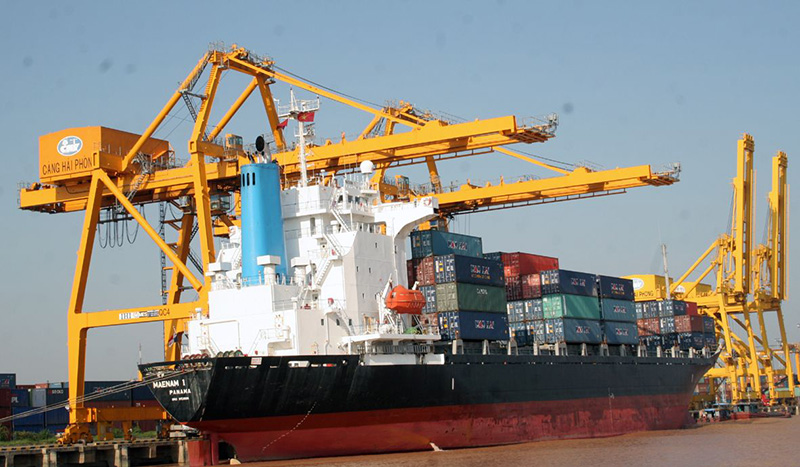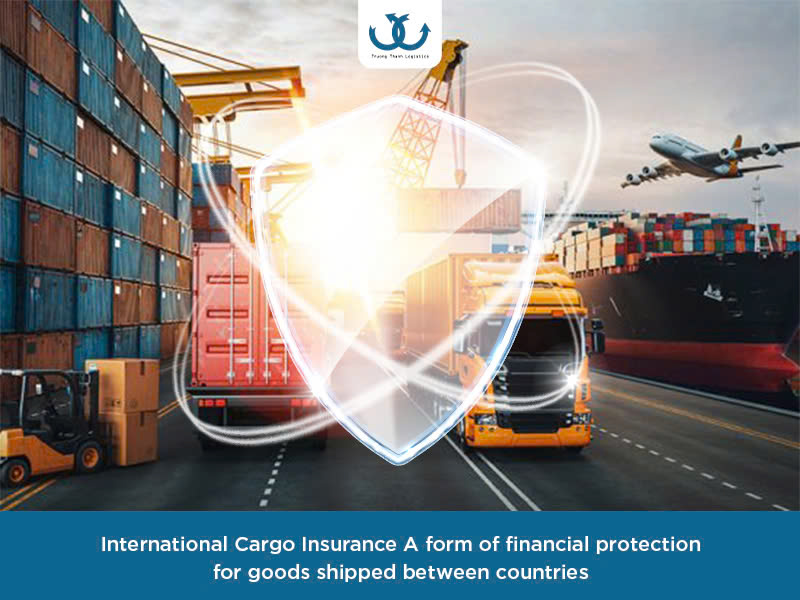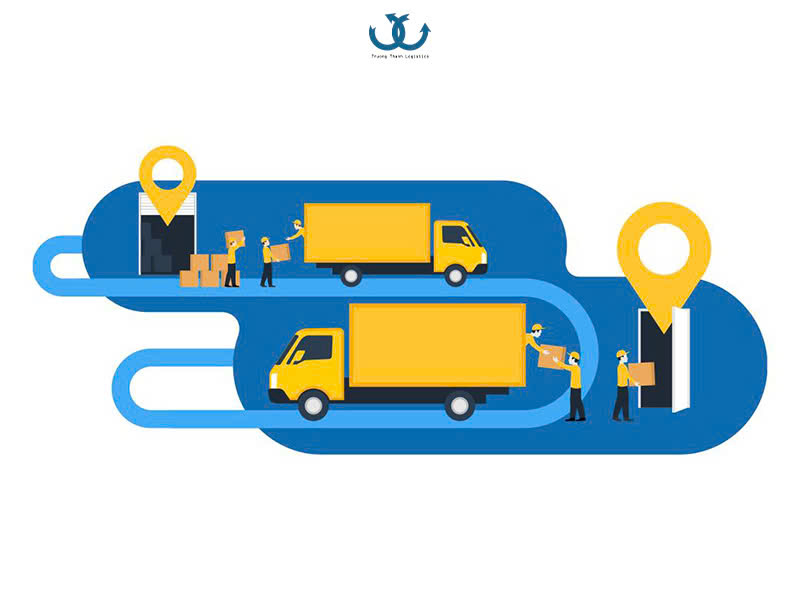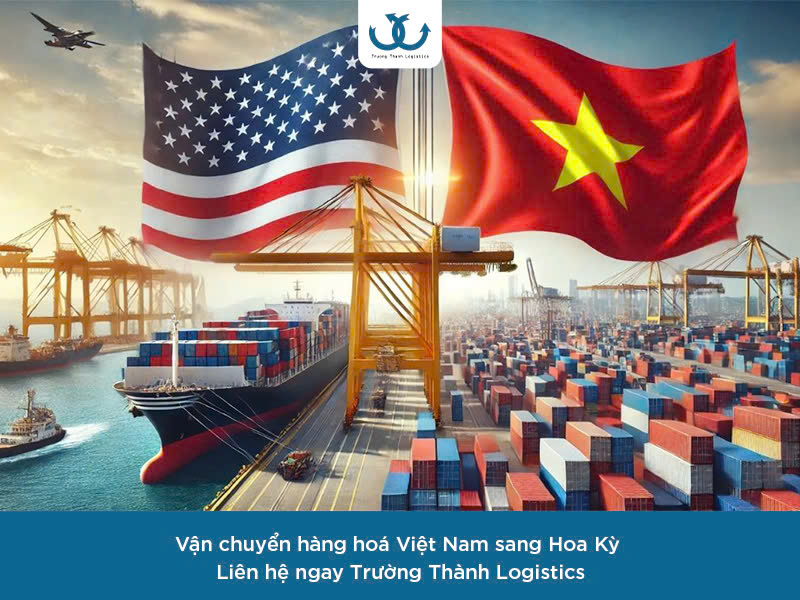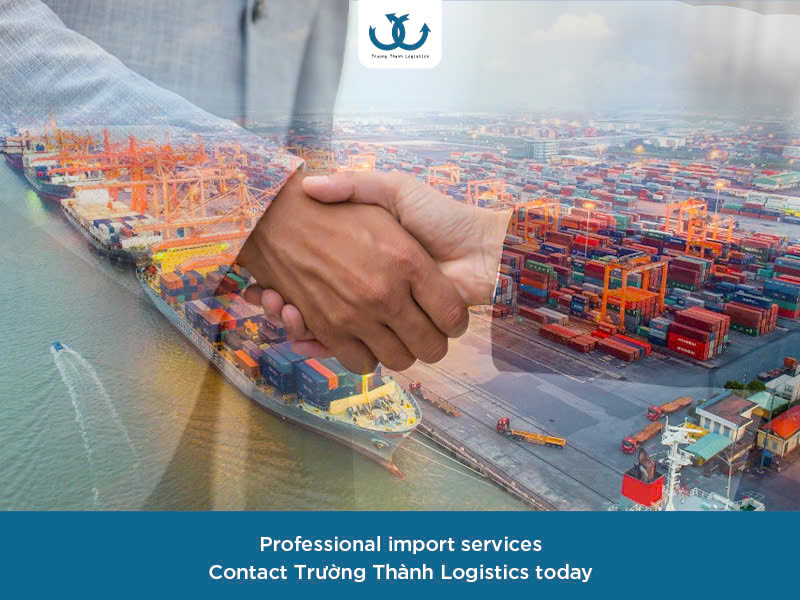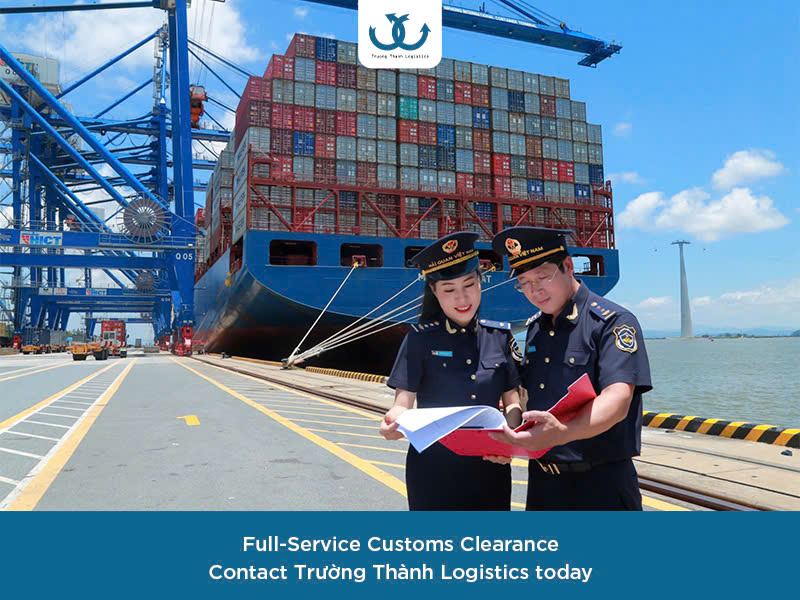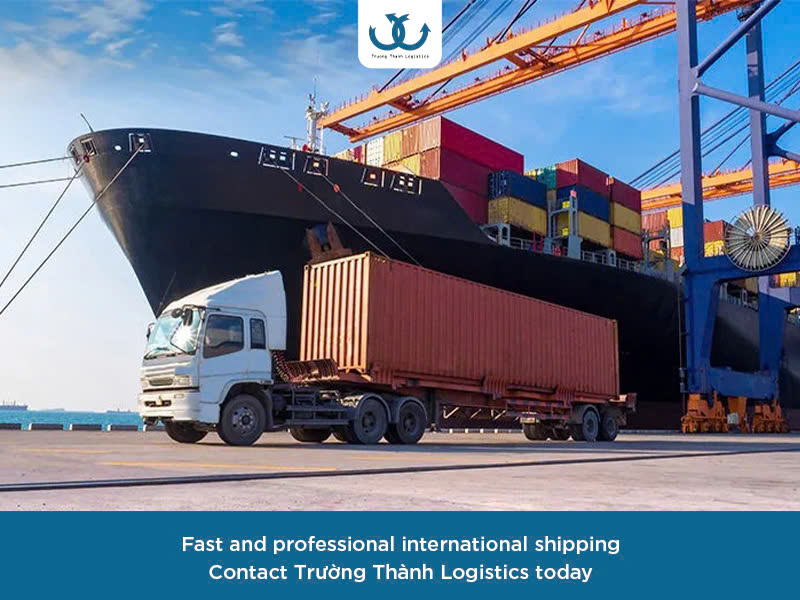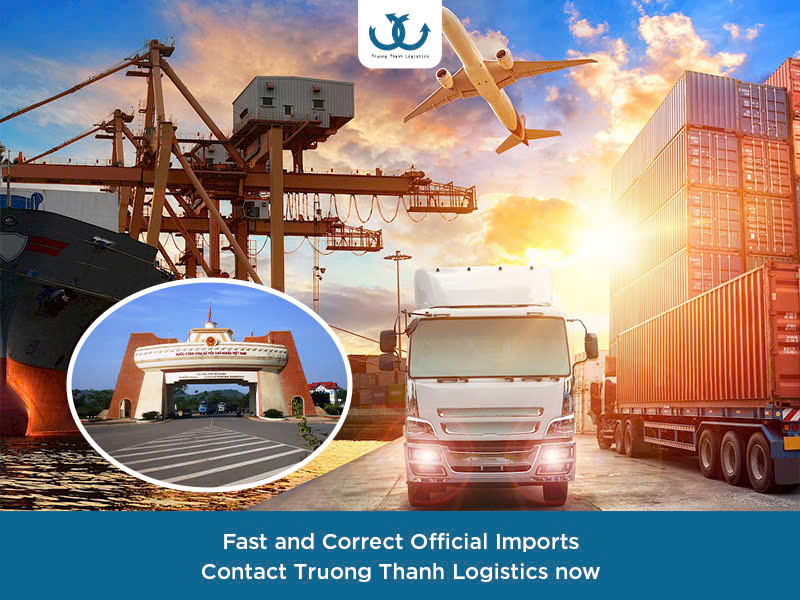In the context of international economic integration, export activities are no longer limited to moving goods across national borders. A unique and increasingly common form is On-spot export – a method recognized and facilitated by Vietnamese law to promote domestic production and trade.
This article will help you understand what on-site export is, its characteristics, applicable conditions, and related procedures.
1. What is On-spot export?
According to Decree 82/2018/ND-CP, on-site export is typically applied in transactions between domestic enterprises and export processing enterprises (EPEs) or enterprises in industrial zones and economic zones.
Specifically, on-the-spot export is a form of export where:
+ The foreign buyer signs a sales contract with a Vietnamese enterprise,
+ But the goods are delivered and consumed right in Vietnam to a third party – often an export processing enterprise, a foreign direct investment (FDI) enterprise, or an enterprise in an industrial zone.
In other words, instead of the goods being transported out of Vietnamese territory, the delivery takes place domestically, yet it is still considered an export activity from a legal and commercial perspective.
2. Characteristics of On-spot export
On-spot export is a unique business model that allows Vietnamese enterprises to participate in global supply chains without having to transport goods abroad.
Below are the key characteristics of On-spot export, helping businesses better understand the opportunities and benefits this model offers.
Goods Do Not Leave Vietnam
On-site export allows businesses to produce and supply goods directly in Vietnam to export processing enterprises or foreign-invested (FDI) enterprises within industrial and export processing zones. The goods do not need to leave the territory but are still considered export transactions under the provisions of Decree 82/2018/ND-CP.
Tax Incentives
Enterprises engaging in on-site export enjoy tax incentives similar to traditional exports, including export duty exemption and Value Added Tax (VAT) refund. According to legal regulations, goods exported on-site that meet the conditions can receive a 10% VAT refund, helping businesses optimize production costs and increase profits.
Fast Customs Procedures
Although it’s a domestic transaction, on-site export requires customs procedures, including filing an On-spot export customs declaration. However, this process is designed to be streamlined, not requiring goods inspection at ports or borders. Businesses need to prepare documents such as contracts, commercial invoices, and packing lists and submit them to the competent customs authority.

Connection to Global Supply Chains
On-spot export facilitates domestic enterprises’ participation in the supply chains of international corporations right in Vietnam. Export processing enterprises or FDI companies, such as Intel, Samsung, or Nike, often require raw materials and components from domestic suppliers. Through on-site export, Vietnamese businesses can become strategic partners of these corporations, meeting international standards without investing in international transportation.
3. Benefits of On-spot export
On-spot export brings many practical benefits, helping Vietnamese enterprises optimize costs, enhance competitiveness, and effectively participate in global supply chains.
Cost Savings on Transportation and Logistics
Goods in On-spot export do not need to be transported abroad but are delivered directly to export processing enterprises or foreign-invested (FDI) enterprises right in Vietnam. This helps businesses eliminate significant costs related to international transportation, such as ocean freight, port warehousing fees, or overseas customs processing fees. According to statistics from the Ministry of Industry and Trade, logistics costs in international exports can account for 16-20% of the total value of goods, while on-site export significantly reduces this figure due to domestic delivery.
Enhanced Domestic Cooperation and Global Supply Chain Connection
On-spot export opens opportunities for domestic businesses to become suppliers for international corporations operating in Vietnam, such as Intel, LG, or Nike, without directly exporting abroad. Export processing enterprises in industrial or export processing zones often have a high demand for raw materials, components, or finished products from domestic suppliers. This model not only helps Vietnamese businesses participate in global supply chains but also builds long-term cooperative relationships with major corporations.
Tax Incentives – Increased Competitive Advantage
Enterprises engaging in on-site export enjoy tax incentives similar to traditional exports, including export duty exemption and Value Added Tax (VAT) refund under Decree 82/2018/ND-CP. Specifically, goods exported on-site that meet the conditions can receive a 10% VAT refund, which helps reduce production costs and increase profits. This incentive is especially crucial for industries with low-profit margins, such as textiles, processed agricultural products, or electronic components.
Simplified Procedures, Reduced Risks
Compared to international export, on-site export significantly simplifies logistics procedures and minimizes transportation-related risks. Since goods are delivered within Vietnam, businesses do not have to deal with issues such as customs delays, damage to goods during long-distance transportation, or exchange rate fluctuations. Furthermore, domestic delivery allows businesses to tightly control quality and delivery times, promptly meeting partner requirements.
4. On-spot export Implementation Process
On-spot export is a specialized logistics process designed to optimize transaction efficiency between domestic enterprises and export processing enterprises or foreign-invested (FDI) enterprises in Vietnam. According to Decree 82/2018/ND-CP, this process requires adherence to specific steps to ensure legality and utilize tax incentives.
Here is a detailed step-by-step guide to help businesses implement on-site export smoothly and effectively.
Contract Signing
The On-spot export process begins with the domestic enterprise signing a goods supply contract with the partner, typically an export processing enterprise or FDI enterprise operating in industrial and export processing zones in Vietnam. The contract needs to clearly state the terms regarding goods type, quantity, value, delivery time, and payment conditions. More importantly, the contract must specify that the transaction is an “on-site export” to ensure compliance with customs regulations.
Document Preparation
After signing the contract, the business needs to prepare a full set of documents to meet the requirements of the customs authority. The basic set of documents includes:
-
Commercial Contract: Clearly states the on-site export transaction, with information about the buyer, seller, and delivery terms.
-
Commercial Invoice: Specifies the value of the goods, the tax code of the export processing enterprise or FDI, and the content “on-site export.”
-
Packing List: Provides details about the quantity, weight, and packaging of the goods.
-
Other Documents: Depending on the type of goods, these may include a Certificate of Origin (C/O), quality inspection certificate, or license if the goods are under special management.
Customs Procedures
The domestic enterprise must open an on-site export customs declaration at the competent customs authority, usually the Customs Sub-department managing the industrial or export processing zone where the partner receives the goods. The declaration needs to clearly state the “on-site export” code (according to Circular 38/2015/TT-BTC, amended and supplemented by Circular 39/2018/TT-BTC) and be accompanied by the prepared documents. Goods do not require physical inspection at the port, but the business must provide full information for customs to verify the legitimacy of the transaction. This process is often carried out via the electronic customs system, saving time.
On-Site Delivery
After completing customs procedures, the business proceeds to deliver the goods directly to the partner in Vietnam, typically within the export processing zone or industrial zone. Goods are transported from the domestic enterprise’s production facility to the location designated by the partner, such as a factory or warehouse. The delivery process must strictly adhere to the time and conditions in the contract to ensure credibility and meet the requirements of the FDI partner or export processing enterprise.

Finalizing Procedures and Tax Refund
After delivery, the business needs to submit a finalization report to the customs authority to confirm the completion of the on-site export transaction. This report includes information about the quantity of goods, transaction value, and related documents. If eligible, the business can submit an application for a Value Added Tax (VAT) refund as stipulated in the VAT Law and Decree 82/2018/ND-CP. This process requires accurate and complete documentation to avoid rejection of the tax refund.
5. Important Considerations When Implementing On-Site Export
On-spot export offers numerous benefits, but to ensure smooth transactions and optimize efficiency, businesses need to pay attention to legal, documentation, partner, and tax policy factors. Below are detailed considerations to help businesses avoid risks and maximize opportunities from this unique export model.
-
Comply with legal regulations: Businesses need to thoroughly understand the regulations in Decree 82/2018/ND-CP and related documents to avoid procedural errors.
-
Complete documentation: Ensure that documents such as invoices, contracts, and customs declarations are accurately prepared and comply with requirements.
-
Partner verification: Verify the legal status of the partner (export processing enterprise or FDI enterprise) to ensure the transaction is legitimate.
-
Monitor tax policies: Regularly update on changes in tax policies and incentives to maximize benefits.
On-spot export is a strategic solution that helps Vietnamese enterprises participate in global supply chains with optimal costs and low risks. This model not only brings benefits in terms of logistics cost savings, tax incentives, and simplified procedures but also opens up opportunities for long-term cooperation with export processing enterprises and FDI businesses in Vietnam. By strictly complying with legal regulations, preparing accurate documents, and choosing suitable partners, businesses can fully leverage the potential of on-site export to enhance competitiveness and achieve sustainable development.
Truong Thanh Logistics is proud to be a trusted partner, providing in-depth consulting services, supporting document processing, tax refunds, and efficient domestic transportation. With a team of experienced experts, we are committed to accompanying businesses at every step of the on-site export process, ensuring smooth and highly effective transactions.
For assistance with import and export information, international freight, sea transport or import entrustment, please contact Truong Thanh Logistics at the address:
Truong Thanh Logistics – Dedication, Prestige
Hotline: 0915 36 38 39
Headquarter: 5th Floor, Tower A, Song Da Building, Pham Hung, Nam Tu Liem, Hanoi.
Email: sale@truongthanhjsc.com
info@truongthanhlogistics.com
Website: www.truongthanhlogistics.com
Hai Phong Branch
Address: R.A11, TTC Building, 630 Le Thanh Tong, Hai An, Hai Phong
Da Nang Branch
Address: 27 Nguyen Ba Lan, My An Ward, Ngu Hanh Son District, Da Nang.
HCMC Branch
Address: Room 41, 4th floor, Casanova building, 85 Nguyen Son street, Phu Thanh ward, Tan Phu district, Ho Chi Minh City




